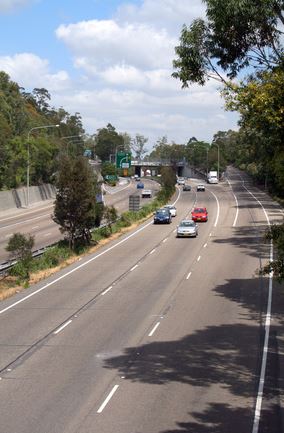
One of the environmental impacts that agencies have historically considered under the California Environmental Quality Act (CEQA) is transportation and traffic patterns. But that appears likely to change under new proposed guidelines, which will no longer recognize traffic delays as a “significant” impact meriting further review. Project developers will therefore be exempt from employing measures to mitigate or avoid traffic delays pursuant to an Environmental Impact Report.
The California Governor’s Office of Planning and Research (OPR) recently released a new draft proposal for implementing SB 743, which alters the manner in which traffic analysis is conducted. Under SB 743, OPR is authorized to update the CEQA Guidelines to propose new standards for assessing the effects of transportation patterns for projects that are located within transit priority zones. The stated goals of amending these standards under SB 743 are a reduction in greenhouse gas emissions, the promotion of multimodal transportation networks and the development of varied land uses. The effect of these new Guidelines, once implemented, will be to fully exclude traffic delay as a significant impact for certain infill projects in designated areas.
Although traffic impact studies normally refer to the “level of service” (LOS), or the average vehicle delay, as the primary measure of analyzing transportation, the guidelines preclude consideration of this measure as a significant impact on the environment. Instead of traffic analysis focusing on auto delay, the bill sets forth “vehicle miles traveled” (VMT) as the recommended criteria for analyzing transportation impacts. VMT measures the “amount and distance that a project might cause people to drive,” rather than traffic delays. The proposal refers to VMT as the most relevant standard for measuring potential transportation impacts of a proposed development project. If VMT exceeds an “applicable threshold of significance,” then the agency is more likely to identify a significant impact. Agencies evaluating the environmental impact of traffic delays are permitted to refer to VMT thresholds of significance set forth by other agencies and experts, if such criteria have evidentiary support.
This recommendation mirrors the August 2014 draft proposal where OPR introduced revisions to the CEQA Guidelines focusing on eliminating auto delay and using VMT as the primary criteria for evaluating transportation impacts. Public comments may be submitted through February 29, 2016.
Contact Shane Coons at 949-333-0900 or visit his website at www.ShaneCoonsLaw.com to find out more about his practice.
